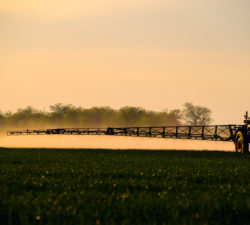The UN set ambitious targets to clean up the world by 2030, but business leaders need to do more to make them a reality.
The UN Sustainable Development Goals, launched six years ago, set an ambitious agenda to transform the world by 2030. Businesses have been no stranger to the goals. Even before their release, corporate leaders contributed to their development and lobbied for more involvement in the agenda. Since then, many companies have adopted the goals for communication purposes and to help guide their sustainability strategies. Open any company’s sustainability report today and you will likely find a reference to the SDGs — they have infiltrated the corporate world.
What exactly has been achieved? Are corporations working towards the transformative change that is so desperately needed, or are they using the SDGs as a smokescreen to continue business as usual? Clearly, there are many examples of sincere corporate-driven SDG efforts. But on the other side of…


